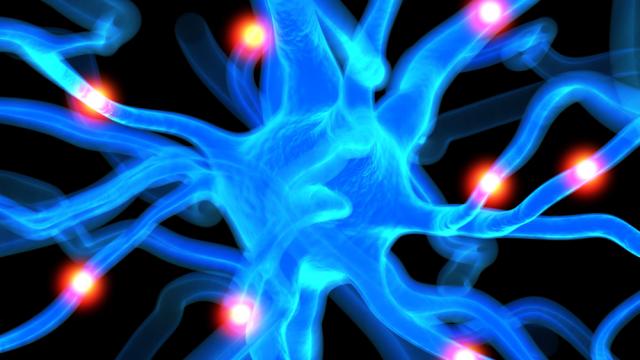In today’s edition of Things That Shouldn’t Need Explaining, scientists have issued a warning against self-administered brain stimulation by do-it-yourself users online.
Image: Shutterstock
In the July 7 issue of Annals of Neurology, 39 neuroscientists from Beth Israel Deaconess Medical Center in Boston and the Perelman School of Medicine at the University of Pennsylvania noted that while noninvasive, electrical brain stimulation has seen a resurgence in the medical community in recent years, it doesn’t mean people should be attempting it on themselves at home.
Scientists warn that people can subject themselves to physical damage, such as burns, but emphasised that since more can still be learned about brain stimulation, they had an “ethical obligation” to issue the open letter.
“Published results of these studies might lead DIY users to believe that they can achieve the same results if they mimic the research studies. However, there are many reasons why this simply isn’t true,” said author Dr. Rachel Wurzman, a postdoctoral research fellow in the Laboratory for Cognition and Neural Stimulation at UPenn.
Electric shock therapy has its own negative historical implications, but is still being used to treat severe forms of depression and schizophrenia, where it is more heavily monitored. In comparison, Transcranial magnetic stimulation (TMS) — a noninvasive procedure that uses magnetic fields, such as with an electromagnetic coil, to stimulate nerve cells in the brain — is being utilised by researchers in a few fields.
Compared to electroshock, TMS is relatively mild: patients can be awake for certain procedures without any medication, and side effects such as memory loss are rare.
TMS has been shown to be effective in the treatment of mental illnesses, but it has also been used to enhance cognitive abilities. DIY tutorials, such as this one that claims to help people construct a “real working ‘brain ray’” help those interested in doing it themselves to construct a device. The one at the link claims to be more mild than a typical TMS, shooting out one pulse at a time instead of continuous stream of pulses.
Brain stimulation DIYers have been experimenting with long-term treatments, using transcranial direct current stimulation (tDCS) for months at a time, and have also been working at frequencies that haven’t been tested in a lab setting.
“We know that stimulation from a few sessions can be quite lasting, but we do not yet know whether such changes are reversible and the possible risks of a larger cumulative dose over several years or a lifetime have not been studied,” the scientists wrote.
So, to reiterate: just because something is shown to work in a lab or on another person doesn’t mean it will work on you. Please don’t electrocute your brain without a professional present.
